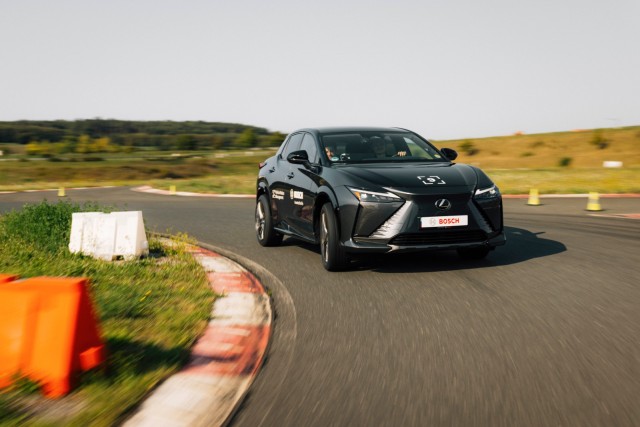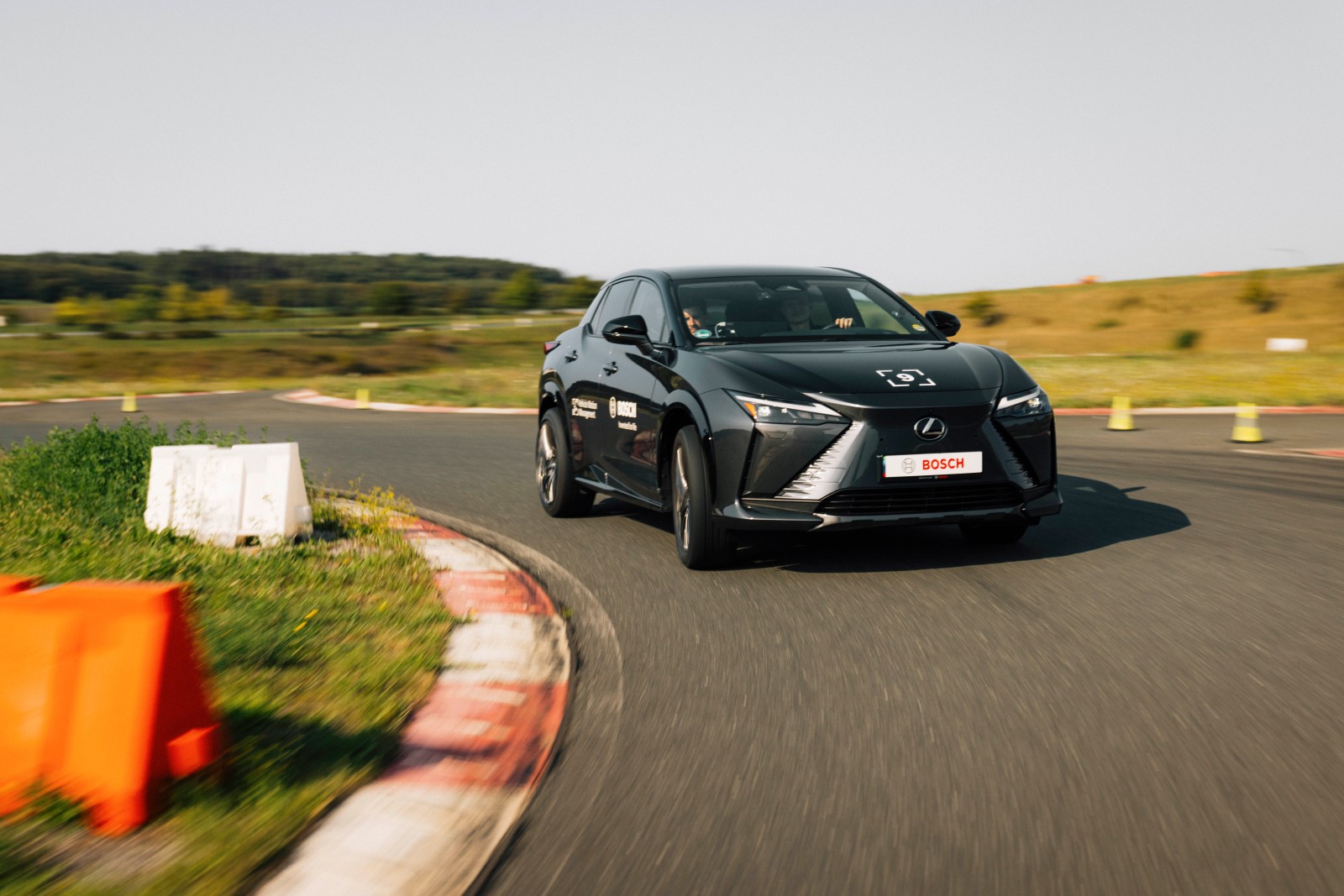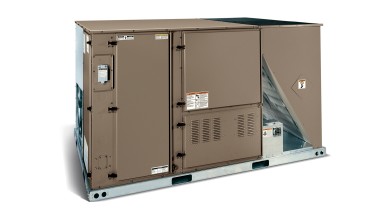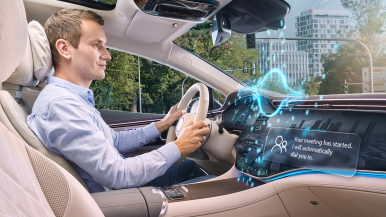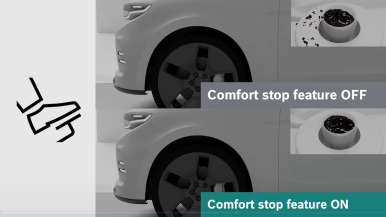Farmington Hills, Mich. – In the automotive industry, the Bosch name is synonymous with software. The technology company is demonstrating this to impressive effect at this year’s IAA Mobility in Munich. And there’s more: from a single source, Bosch also supplies hardware that’s tailored to the possibilities of the software – a compelling unique selling point for the company worldwide. “Bosch knows its way around software and hardware. Without sophisticated hardware, even the smartest car won’t move a single millimeter,” said Dr. Stefan Hartung, chairman of the Bosch board of management, at the trade fair. “Our aim is to continue playing a key role in shaping the industry in the age of software-driven mobility by offering tailored, intelligent solutions.”
Press photos and infocharts in Bosch Media Service at www.bosch-press.com.
Contact:
Megan Bonelli
Megan.bonelli@us.bosch.com
947-281-7062
Bosch press conference: Monday, September 8, 2025, 11:00–11:20 CEST: with Dr. Stefan Hartung, chairman of the board of management of Robert Bosch GmbH, and Dr. Markus Heyn, member of the Bosch board of management and chairman of Bosch Mobility, at the Bosch booth D01 in hall B3 and via livestream on the Bosch Media Service.
Bosch at IAA Mobility | Open Space: The IAA Open Space in downtown Munich will be open from 11:00 to 21:00 CEST from September 9 to 13, 2025. On Sunday, September 14, 2025, the IAA Open Space will be open for guests from 10:00 until 17:00 CEST. During the IAA, visitors can take the Cargo Line and other innovations, as well as many digital features offered by Bosch eBike Systems, for a test ride on the cycling test track in Munich’s Englischer Garten park. In addition, Bosch e-bike product experts will be on hand to answer questions in the Open Space at Odeonsplatz.
About Bosch
Having established a presence in North America in 1906, today the Bosch Group employs more than 41,000 associates in more than 100 locations in the North American region (as of Dec. 31, 2024). In 2024, Bosch generated consolidated sales of $17.3 billion in the U.S., Mexico and Canada. For more information visit www.bosch.us, www.bosch.mx and www.bosch.ca.
The Bosch Group is a leading global supplier of technology and services. It employs roughly 418,000 associates worldwide (as of December 31, 2024). The company generated sales of 90.3 billion euros ($97.7 billion USD) in 2024. Its operations are divided into four business sectors: Mobility, Industrial Technology, Consumer Goods, and Energy and Building Technology. With its business activities, the company aims to use technology to help shape universal trends such as automation, electrification, digitalization, connectivity, and an orientation to sustainability. In this context, Bosch’s broad diversification across regions and industries strengthens its innovativeness and robustness. Bosch uses its proven expertise in sensor technology, software, and services to offer customers cross-domain solutions from a single source. It also applies its expertise in connectivity and artificial intelligence in order to develop and manufacture user-friendly, sustainable products. With technology that is “Invented for life,” Bosch wants to help improve quality of life and conserve natural resources. The Bosch Group comprises Robert Bosch GmbH and its roughly 490 subsidiary and regional companies in over 60 countries. Including sales and service partners, Bosch’s global manufacturing, engineering, and sales network covers nearly every country in the world. Bosch’s innovative strength is key to the company’s further development. At 136 locations across the globe, Bosch employs some 87,000 associates in research and development.
The company was set up in Stuttgart in 1886 by Robert Bosch (1861–1942) as “Workshop for Precision Mechanics and Electrical Engineering.” The special ownership structure of Robert Bosch GmbH guarantees the entrepreneurial freedom of the Bosch Group, making it possible for the company to plan over the long term and to undertake significant upfront investments in the safeguarding of its future. Ninety-four percent of the share capital of Robert Bosch GmbH is held by Robert Bosch Stiftung GmbH, a limited liability company with a charitable purpose. The remaining shares are held by Robert Bosch GmbH and by a company owned by the Bosch family. The majority of voting rights are held by Robert Bosch Industrietreuhand KG. It is entrusted with the task of safeguarding the company’s long-term existence and in particular its financial independence – in line with the mission handed down in the will of the company’s founder, Robert Bosch.
Additional information is available online at www.bosch.com, www.bosch-press.com.
Exchange rate: 1 EUR = 1.0823
